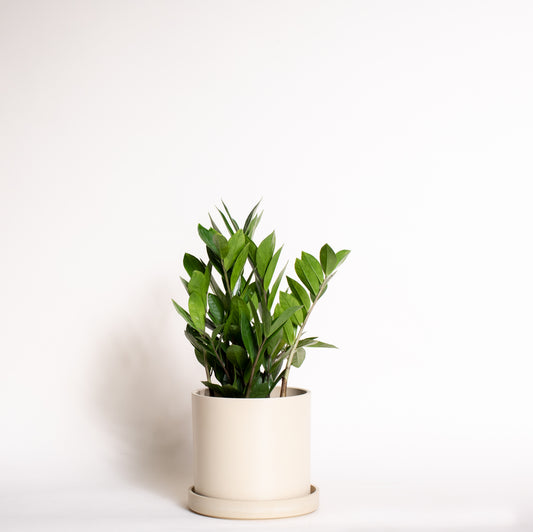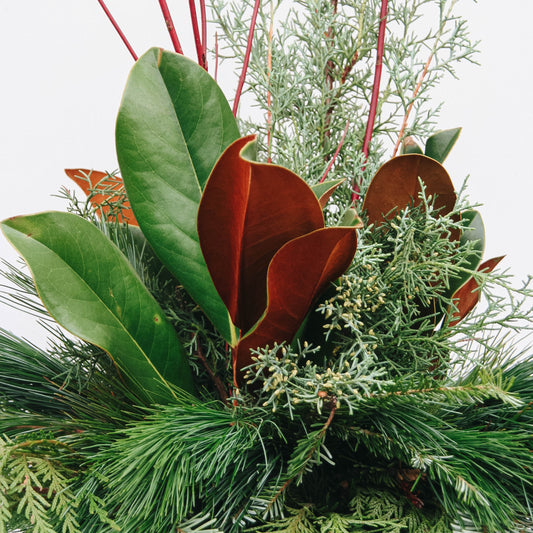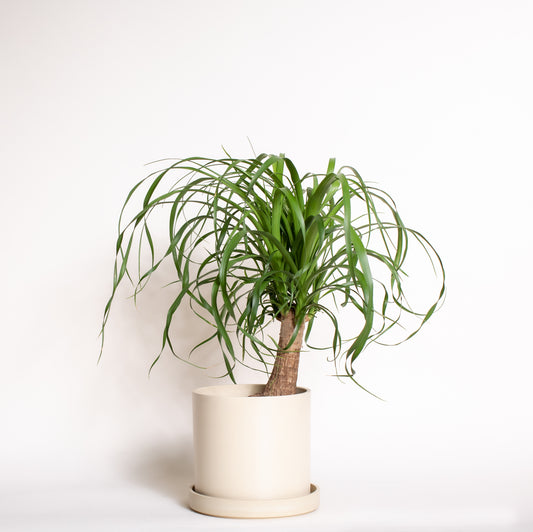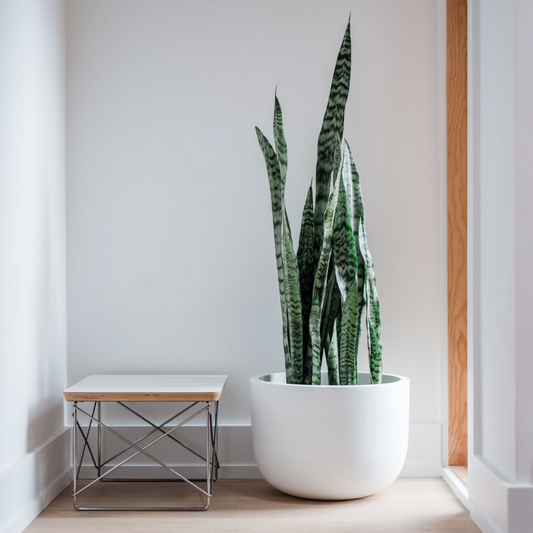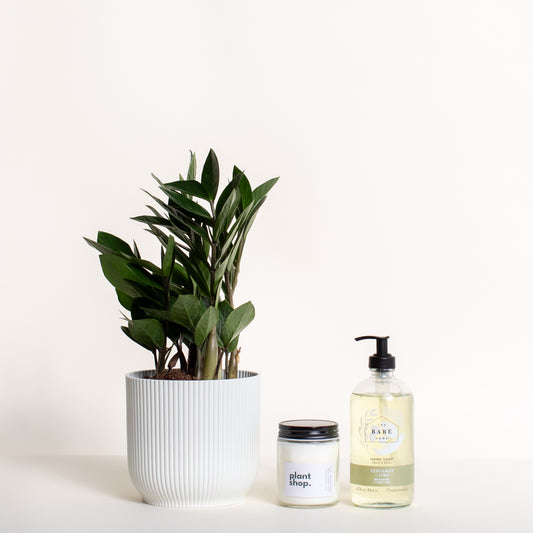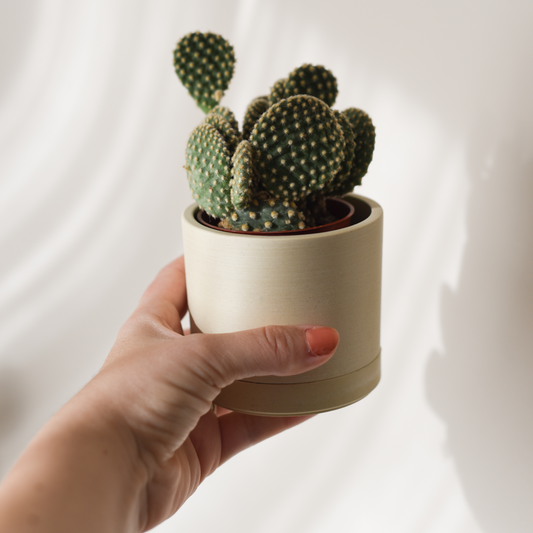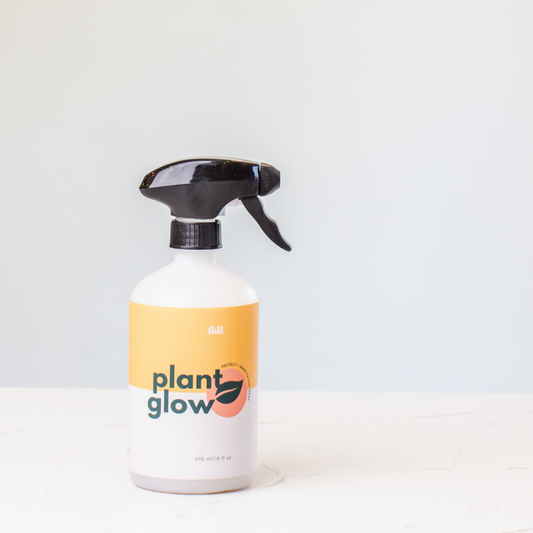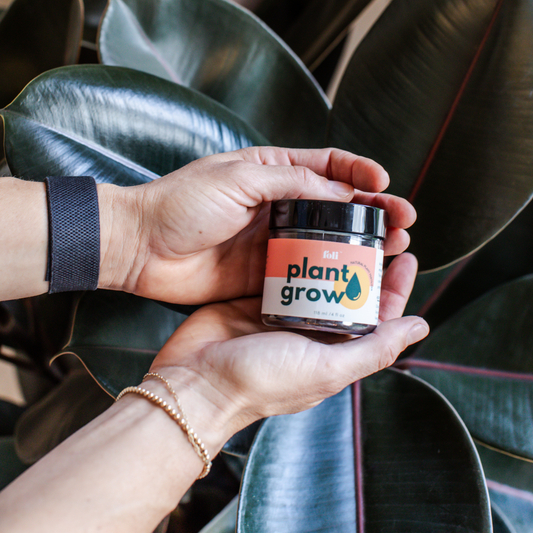Plant Care
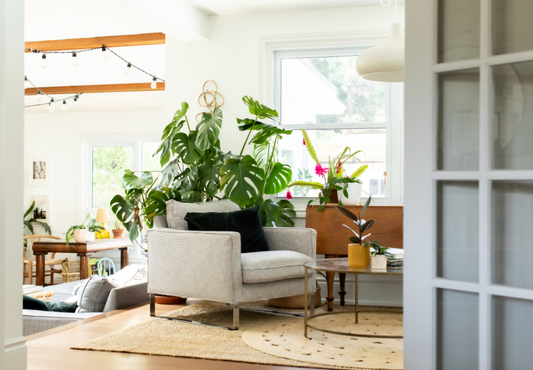
Tips + tricks to keep your Monstera plant happy...
The infamous Monsteras are full of fenestrations (the split-leaf shape they've become famous for). These happy plants love sunshine, hydrated soil and the odd spin to allow for even growth. ...
Tips + tricks to keep your Monstera plant happy...
The infamous Monsteras are full of fenestrations (the split-leaf shape they've become famous for). These happy plants love sunshine, hydrated soil and the odd spin to allow for even growth. ...

TLC for your Rubber Tree: Tips to keep your pla...
Foli's got your back! Learn how to give your Rubber Tree the best TLC.
TLC for your Rubber Tree: Tips to keep your pla...
Foli's got your back! Learn how to give your Rubber Tree the best TLC.
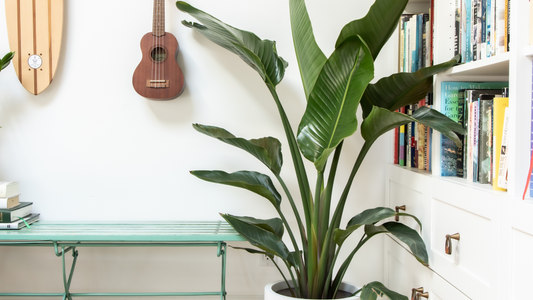
Mastering the Basics of caring for a BOP
The famous bird of paradise (BOP) is a show stopper and will not disappoint. A life-long plant, it can be taken outside during summer months and brought back inside to...
Mastering the Basics of caring for a BOP
The famous bird of paradise (BOP) is a show stopper and will not disappoint. A life-long plant, it can be taken outside during summer months and brought back inside to...

From omens to care tips! Everything you need to...
Add good omens to your home with a Jade plant. These low-maintenance succulents thrive in bright, indirect light, adding timeless beauty and positive energy to your decor. Explore Foli's collection...
From omens to care tips! Everything you need to...
Add good omens to your home with a Jade plant. These low-maintenance succulents thrive in bright, indirect light, adding timeless beauty and positive energy to your decor. Explore Foli's collection...
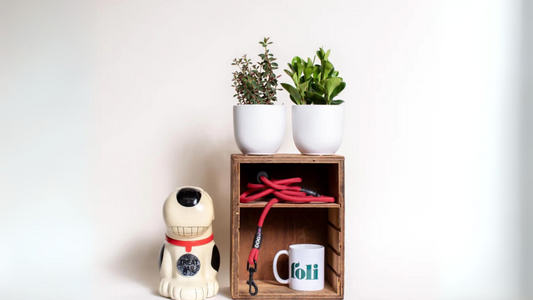
A Guide to Nurturing Your Peperomia House Plant
Non-toxic, easy to care for and means "everything will be alright"! Introducing the Peperomia. We carry two varieties of these awesome plants, the Peperomia Obtusifolia, Peperomia Hope and the Peperomia...
A Guide to Nurturing Your Peperomia House Plant
Non-toxic, easy to care for and means "everything will be alright"! Introducing the Peperomia. We carry two varieties of these awesome plants, the Peperomia Obtusifolia, Peperomia Hope and the Peperomia...
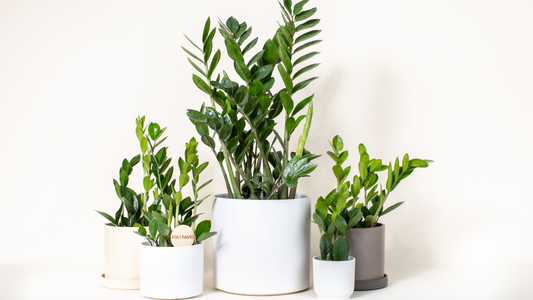
Everything you need to know about ZZ Plants!
Bright and beautiful arching foliage! ZZ is a crowd pleaser! Foli's best seller and most consistently loved plant you cannot go wrong with the ZZ. It's arching tubes of foliage offer...
Everything you need to know about ZZ Plants!
Bright and beautiful arching foliage! ZZ is a crowd pleaser! Foli's best seller and most consistently loved plant you cannot go wrong with the ZZ. It's arching tubes of foliage offer...
